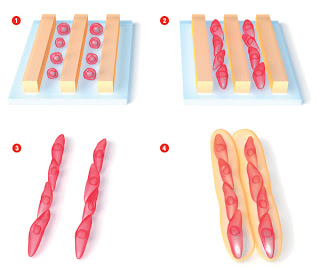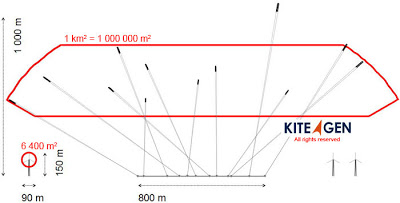“Building blocks” containing gels turn cells into different types of tissue
1) Khademhosseini begins by seeding a patterned slide with heart muscle cells 2) Guided by the pattern, the cells elongate until they resemble the cells in a living heart 3) After six days, the cells have formed “organoids” that beat on their own and may be removed from the slide 4) The organoids are embedded …




